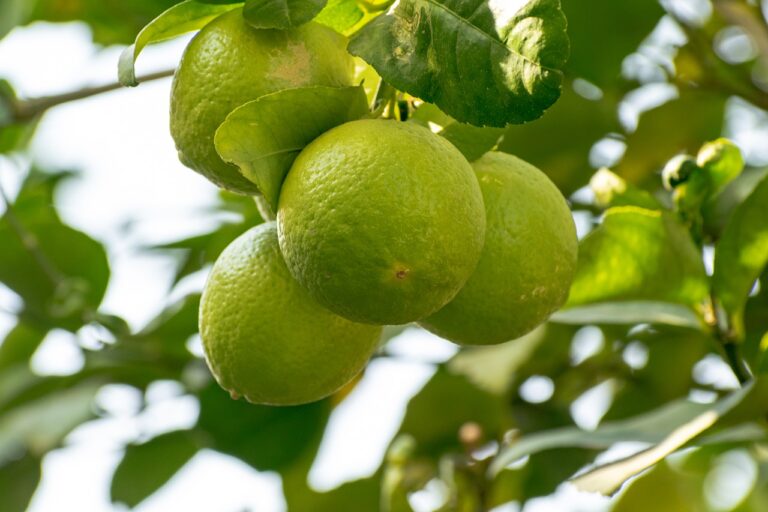Grains and vegetables, such as rice, beans, and lentils, are high in carbohydrates and provide an excellent source of energy. They are also flexible and can be used in different dishes. Effectively stored, these staples can last for many years, making them valuable assets in a survival food cache.
In times of crisis, such as natural disasters or pandemics, the supply chain for fresh fruit and vegetables and perishable items can be interrupted. Having a tactical collection of survival food makes sure that you have access to sustenance even when external resources are scarce.
Survival food is not almost storing huge amounts of non-perishable items; it has to do with selecting foods that are durable, nutrient-dense, and efficient in sustaining life in challenging circumstances. Let’s explore the significance of survival food, the criteria for selecting the right items, and some examples of foods that stand the test of time.
Flour, sugar, and salt are essential pantry items that can function as the foundation for a range of recipes. Flour can be utilized to make bread, biscuits, and other baked items. Sugar can include sweet taste to meals or function as a preservative, while salt improves flavor and acts as a natural preservative.
Vegetables, whether canned or freeze-dried, are crucial for a well-rounded diet. They provide essential minerals and vitamins that add to general health. Look for low-sodium alternatives when selecting canned vegetables to maintain a balanced and heart-healthy diet.
It’s vital to consist of a variety of fruits in your survival food cache. While fresh fruits may not be useful for long-term storage, canned and dried fruits can provide essential vitamins and minerals. Choose fruits packed in their juices or water to reduce added sugars.
The main requirements for survival food are longevity, nutritional value, and ease of preparation. Longevity is vital since the food should stay edible for an extended period. Nutritional value is necessary to sustain health throughout challenging times, and ease of preparation is crucial when resources like electricity or gas might be limited.
Nut butters, such as peanut butter and almond butter, are exceptional sources of protein and healthy fats. They have a long shelf life and can be a gratifying addition to various meals. Furthermore, they require no refrigeration and are easy to store.
To make sure a balanced diet, think about consisting of multivitamins and other supplements in your survival food plan. While entire foods should be the main source of nutrients, supplements can fill in the gaps and support general health during challenging times.
In an unpredictable world, being gotten ready for the unanticipated is a key element of responsible living. Among the essential elements of readiness is having a reliable source of survival food. Whether it’s a natural catastrophe, financial instability, or unforeseen emergency situations, having a stockpile of nourishing sustenance can make all the difference in guaranteeing the well-being of yourself and your liked ones.
Milk and dairy alternatives, like powdered milk or shelf-stable plant-based milk, can provide a source of calcium and vitamin D. These items are generally strengthened with essential nutrients, making them important additions to a survival food supply.
Canned products are a staple in any survival food stockpile. These items are sealed in airtight containers, preventing bacteria and other microbes from spoiling the contents. Canned vegetables, fruits, meats, and soups are exceptional options. Not just do they have a long life span, but they also retain much of their nutritional value.
When we speak about survival food, we are referring to food that can be stored for an extended period without ruining. readywise isn’t about developing a short-term stash for a week-long outdoor camping journey however rather developing a reliable reserve for times when access to fresh food ends up being limited or not available.
Pasta is another carbohydrate-rich choice that has a long shelf life. Whether it’s standard wheat pasta or alternative options like rice or quinoa pasta, these items can be stored for an extended period and provide a base for many nutritious meals.
Dried foods are another category of survival essentials. Dehydration removes wetness, preventing the growth of bacteria and mold that lead to wasting. Examples include dried fruits, jerky, and legumes. Dried foods are lightweight and often need very little preparation, making them practical for emergency situation circumstances.
Canned proteins, such as tuna, salmon, and chicken, offer a practical source of animal-based nutrients. These items are not only packed with protein however also retain their taste and nutritional value for an extended period.
In conclusion, developing a well-thought-out survival food supply is a responsible and useful technique to unsure times. By focusing on longevity, nutritional value, and ease of preparation, you can put together a varied and reliable collection of items that will sustain you and your liked ones when fresh food sources are limited. Bear in mind that readiness is not about catching fear however about embracing the wisdom of being ready for whatever difficulties life might provide.
Subscribe to Updates
Get the latest creative news from FooBar about art, design and business.
